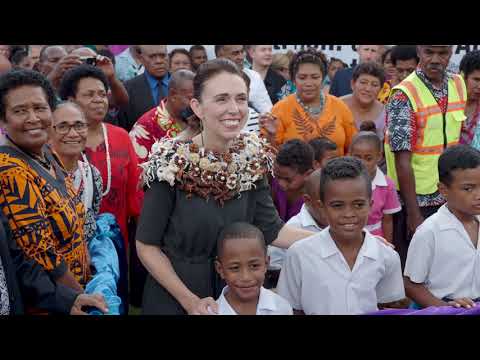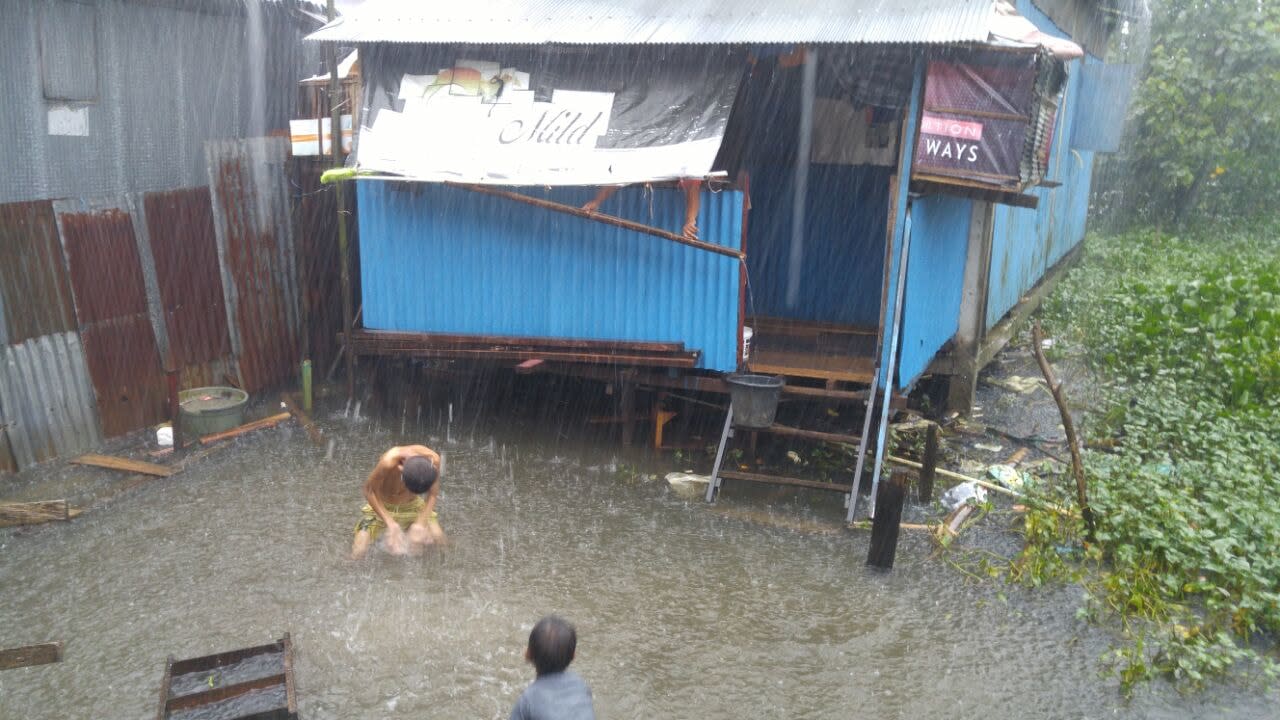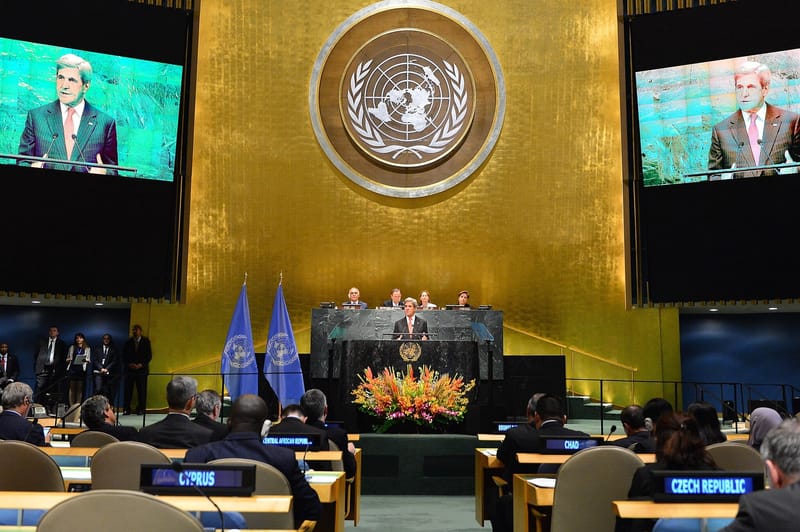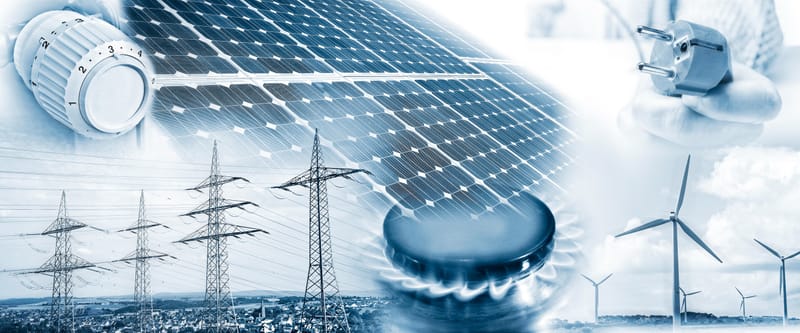
In a room at Universitas Hasanuddin in Makassar, on the Indonesian island of Sulawesi, RISE project staff are viewing and discussing images of a flooded community – some featuring children playing in water that’s likely to be contaminated.
The community is one of 13 dotted around Makassar, all of which are part of the five-year Revitalising Informal Settlements and their Environments (RISE) project funded by the Wellcome Trust and the Asian Development Bank, and led by the Monash Sustainable Development Institute. A dozen settlements in Suva, Fiji, are also involved.
An interdisciplinary program bringing together five Monash faculties and expert partners from around the world, RISE takes a localised, “water-sensitive” approach to deliver lasting environmental and health improvements. Linked to the UN’s Sustainable Development Goal to “ensure availability and sustainable management of water and sanitation for all”, the aim is for the communities to be able to reduce contamination and improve their living conditions through “green” infrastructure.

The RISE Indonesia team comprises “built”, “assessment” and “field” units, each working closely with the communities; without the latters’ trust and cooperation, the project wouldn’t be viable.
“We’ve been very active in getting support from the community from the start,” says Jane Wardani, who was until recently the RISE Indonesia coordinator. “It’s really important that the communities are involved, and not only give their permission, but they’re really engaged and they’re able to give their input both for the ‘built’ part and the assessment part.
“For the built part, definitely, because they know best what their main water and sanitation problems are. So, they tell us both their problems and what they think would be good solutions,” she says. “We’re not here to tell them what the solutions are; they play a really important role in customising the solutions to their needs. And in the long term, in terms of operational and maintenance of the built intervention, it’s very important the communities are involved as well.”
Biology's part
Biological data also plays a significant role in the project.
“We’ll be collecting samples from the community, including human and environmental samples, to see if the water-sensitive cities approach will improve human and environmental health,” Ms Wardani says.
And, she adds, it’s all about big-picture thinking.
“The water-sensitive cities approach is looking at water in an integrated fashion. So, we just don’t look at clean water and sanitation; we also look at flooding and how waste water is processed or treated.
Watch: Water-sensitive revitalisation in informal urban settlements
“Because we see water problems as interrelated, we try to find solutions that benefit multiple water objectives. So, for example, if a community has problems with flooding, we look at installing rainwater harvesting tanks in each household that might alleviate some of the flooding problems, but also provide additional security of water supply in the community,” she says.
Improving gut health
A specific aim is to improve intestinal health among children, who are particularly vulnerable in such difficult conditions.
“We’re looking at the impact of living in a contaminated environment on the digestive system, especially for children, because they’re putting things in their mouths as part of their growth and exploration,” says Ms Wardani. “So, we’re trying to see whether cleaning up the environment will have an impact on their development, especially as related to their digestive system.”

In some dwellings, drinking water sources and toilets are less than a metre apart.
“It’s been eye-opening for me, and I think for the research team in Melbourne as well, in terms of understanding the sources of water these communities have to rely on, whether it be shallow wells that are contaminated due to insufficient sanitation practices, with wastewater from toilets that might be leaching into the ground water and contaminating clean water sources that the community’s relying on.”
Self-sufficiency vital
Sustainability is key to the project’s success. Ultimately, if the communities can’t remain self-sufficient after the five-year project, the purpose is defeated. That’s why, as well as buildings and water tanks, the surrounding environment is being taken into account through the installation of artificial wetlands.
“[These wetlands] may be sub-surface or surface wetlands that help to treat waste water through natural processes, removing bacteria and nutrients before the waste water is discharged into the drainage or the rest of the environment,” explains Ms Wardani. “We’re trying to prevent a situation where contaminated water is taken away from the community, but floodwaters bring it back in the future and it gets into their houses.”
It’s hoped that this stage of the project, which ends in 2022, will pave the way for further expansion regionally, and globally.
Friday, March 22, is World Water Day.





